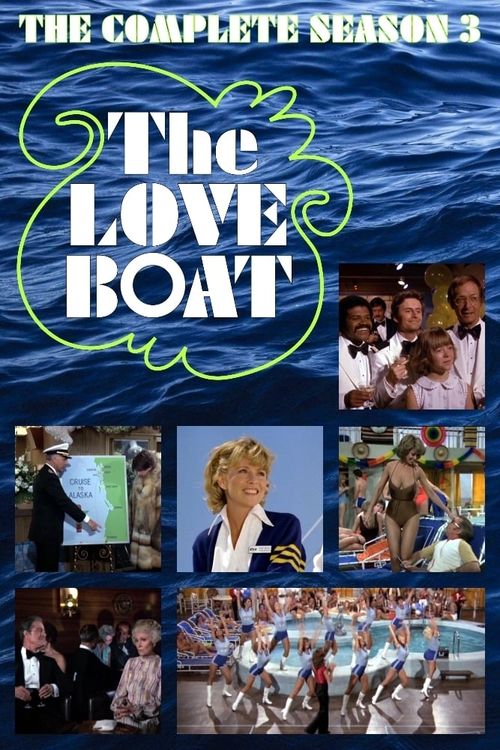Welcome to Late Night Retro Television Reviews, a feature where we review some of our favorite and least favorite shows of the past! On Wednesdays, I will be reviewing Monsters, which aired in syndication from 1988 to 1991. The entire show is streaming on Tubi.
Tonight’s episode of Monsters is …. surprisingly good!
Episode 1.7 “The Legacy”
(Directed by Jeffrey Wolf, originally aired on December 3rd, 1988)
Dale (David Brisbin) is a film teacher and a writer who is hoping to make his name and reputation by writing the authoritative biography of actor Fulton Pierce. Pierce was silent film horror actor who, much like Lon Chaney Sr, was noted for his ability to physically transform himself into the monsters that he was playing. Dale not only wants to write about the events of Pierce’s life but he also wants to explain how Pierce was able to play so many different monsters.
In order to get into Pierce’s mind, Dale moves into Pierce’s former home. When Dale comes across Pierce’s old makeup box, he is convinced that he’s finally found the secret of Pierce’s success. When he opens the makeup box and looks at the mirror within, he seems not his face but instead the face of some of Pierce’s most fearsome characters, including a disfigured monster and a cackling mad scientist.

For the record, the mirror apparitions are inspired by The Cabinet of Dr. Caligari, Thomas Edison’s Frankenstein, Phantom of the Opera, and maybe London after Midnight.
Dale’s girlfriend, a model named Debbie (Lara Harris), fears that Dale is wasting his time on a book that no one is going to care about. When she drops by the house and discovers that Dale hasn’t even been able to come up with an opening line for his masterpiece, she gives him an ultimatum. He can either spend the rest of his life trying to write his book or he can marry her but she’s not going to wait forever. She tells him to “Make up your mind!” Dale latches onto the phrase “Make up your mind!,” shouting that he now knows how Fulton Pierce pulled off his amazing transformations.
At first Debbie thinks that she has made a real break-through with Dale but later, that night, she wakes up to find Dale standing in front of a mirror and staggering around like one of Fulton Pierce’s monsters. She also discovers that the first chapter of the book is just the phrase Make Up Your Mind written over and over again. Has Dale’s obsession led him to madness or has he truly been possessed by the spirit of Fulton Pierce?
This episode of Monsters was based on a short story by Robert Bloch and certainly, the plot is more intriguing than any of the stories that preceded it. How exactly does an actor become a character and, more importantly, can you play a monster without becoming one yourself? Can one enter the mind of a madman without becoming mad themselves? (One wonders if Bloch, who was reportedly very much a no-nonsense personality, was satirizing the excesses of method acting.) Though the episode is only 21 minutes long, the story doesn’t feel rushed and the deliberate pace helps to create a properly ominous atmosphere. Add in two strong performances from David Brisbin and Lara Harris and you have the best episode of Monsters so far.




